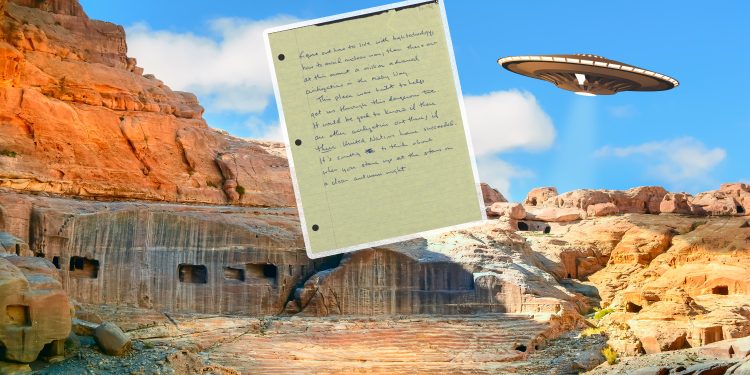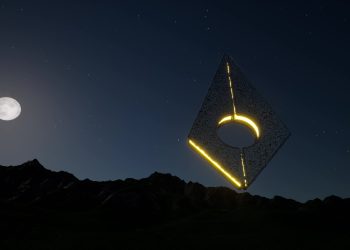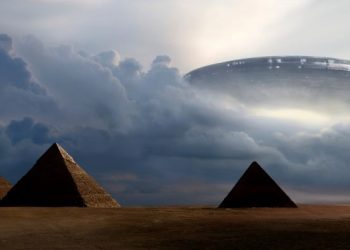Today, UFOs and alien life are causally discussed among millions of ordinary people and some of the most famous scientists on Earth. The most notable example is NASA’s UFO study group, comprised of dozens of astrophysicists. They are trying to figure out what UFOs are and whether it is possible that some of these objects are extraterrestrial technology. One of the most open-minded scientists of today, for me, is Professor Avi Loeb from Harvard. He is a perfect example of a scientist that is not afraid of what his colleagues think about his work. He is a perfect example of how scientists should behave and WHY scientists must not forget that. By nature, they should be curious. And what awakens curiosity more than figuring out whether we are alone in the universe and whether UFOs are spaceships from another world?
UFOs and ETs
But little people know that one of the greatest astrophysicists to have ever lived on Earth, the great Carl Sagan, was also curious about whether we are alone. In 1962, he penned down a paper discussing alien life, interstellar travel, and ancient alien contact. In spite of the perception that the late, great astrophysicist Carl Sagan was branded as a hard-nosed skeptic of UFOs and ETs, early examples of his work demonstrate that, at one point, he seriously considered the existence of advanced alien civilizations, their ability to travel between stars, and even the possibility of ancient astronauts visiting Earth and influencing our history and development.
It follows that there is the statistical likelihood that Earth was visited by an advanced extraterrestrial civilization at least once during historical times. (Source)
Carl Sagan and the Ancient Alien Theory
While this might really sound preposterous to some, this is what the legendary astrophysicist suggests in one of his manuscripts, written in 1962 and housed at the Library of Congress. In his paper, Sagan explained that humankind must figure out a way to live in the future with high technology and avoid nuclear war. According to the paper by Sagan, there should currently be a million advanced civilizations in the Milky Way. (Click here to access Carl Sagan’s paper.) The 1962 paper he published supporting intergalactic travel even prompted Sagan to consider the possibility of an intergalactic United Nations. A draft of Sagan’s paper dubbed “Direct contact among galactic civilizations by relativistic interstellar spaceflight” offers previously unseen details about what Sagan thought about alien life, development, and evolution, as well as contact.
Frank D. Drake’s equation
A model for distributing technical civilizations within a galaxy is also presented in his paper. By utilizing Frank D. Drake’s equation, it can be determined that 0.001 percent of stars in the sky have planets with advanced civilizations, Sagan implied in his work. A civilization with such advanced technology would be located several hundred light years from Earth, according to Sagan. Sagan then explores the possibility of traveling across such distances by interstellar spaceflight. Finally, the conclusion of the paper discusses the possibility that extraterrestrials have visited Earth in the past – Ancient Aliens. Originally presented in November 1962 at a meeting of the American Rocket Society, this paper was later submitted to Planetary and Space Science in December 1962 and published in 1963.
In the 18-page manuscript, Sagan offers mathematical formulae to support his speculation about interstellar travel and historical references and sources that support the “Ancient Astronaut” Theory, which asserts that advanced extraterrestrial civilizations have visited humankind for thousands of years.
Join the discussion and participate in awesome giveaways in our mobile Telegram group. Join Curiosmos on Telegram Today. t.me/Curiosmos











